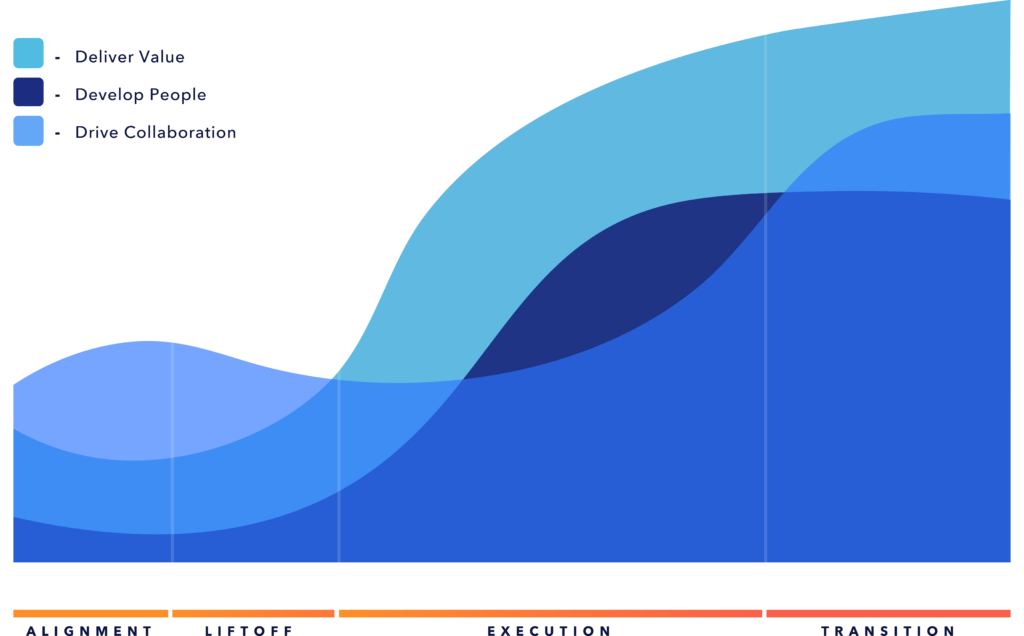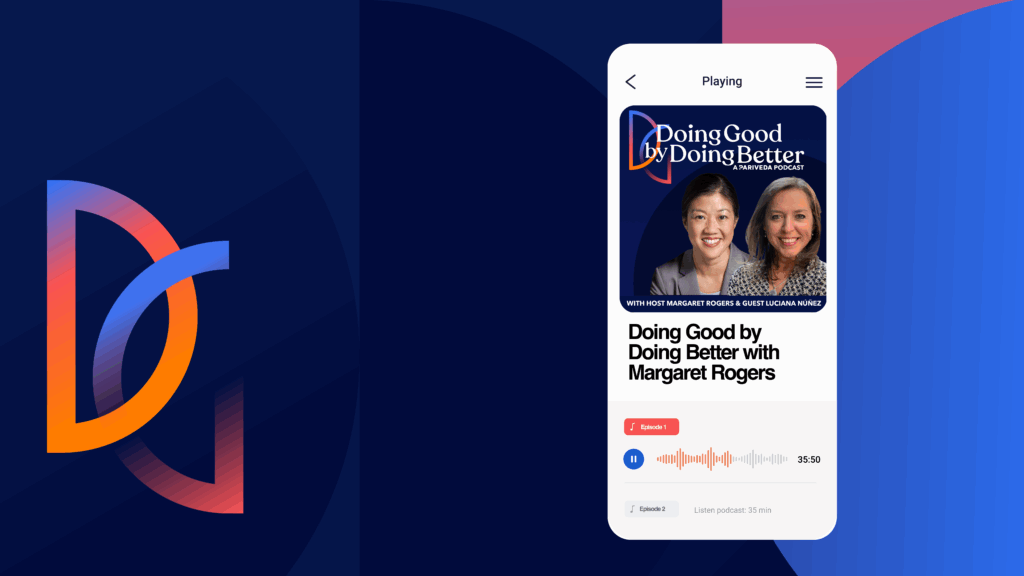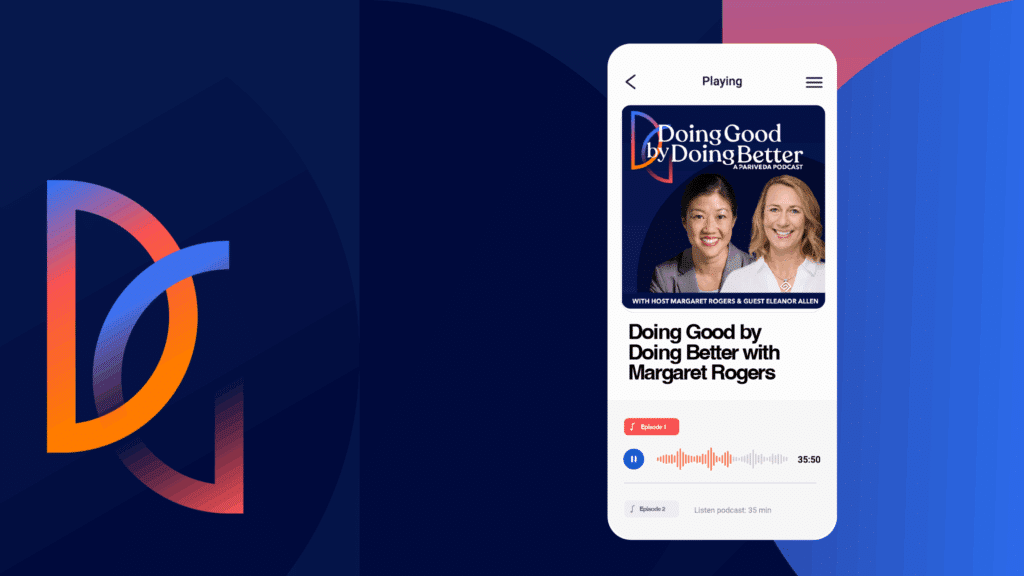Guide
Harnessing the power of knowledge graphs for your business
- Leverage knowledge graphs to efficiently manage dynamic relationships in your data, enabling better decision-making and collaboration.
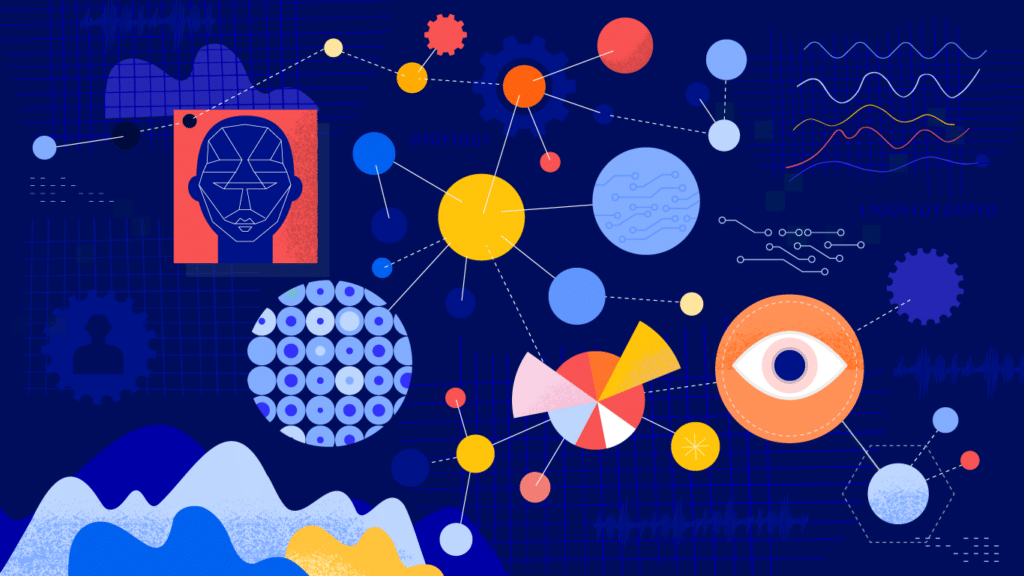
Traditional SQL databases are limited in handling complex, highly interconnected data and lack flexibility for unstructured or dynamic relationships. They do not allow business leaders to ask contextual questions of your data to gain business insights and require time-consuming and labor-intensive queries to get results.
As organizations grow, data becomes scattered across systems, creating complexity in data integration, introducing inefficiencies in querying data, difficulties with cataloging data, and data governance, which can lead to slow decision-making, poor collaboration across business units, and a lack of insights from big data.
What is a knowledge graph?
A knowledge graph represents a network of real-world entities—such as objects, events, situations or concepts—and illustrates the relationship between them. This information is usually stored in a graph database and visualized as a graph structure, prompting the term knowledge “graph.” At its simplest form, a knowledge graph fundamentally consists of nodes (“things”) and edges (“relationship between two things”). For example, a node can be a movie, or a person. An edge can be a “casted in” relationship between a person and a movie.
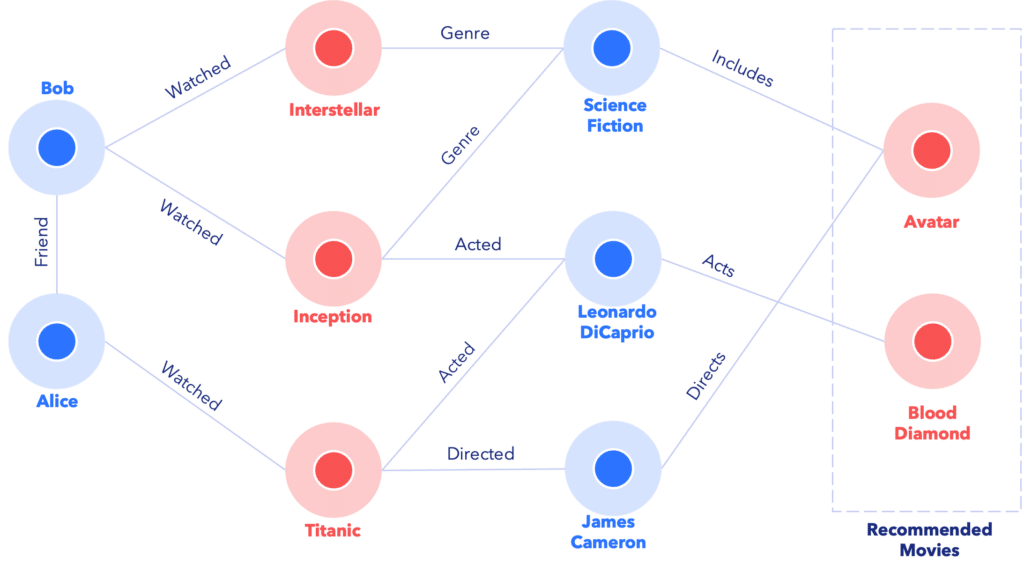
When should I use a knowledge graph?
Here are a few items to consider when determining if a knowledge graph is appropriate for your use case:
- If your data is complex in nature and has recursive relationships
- If your data model changes often or has convoluted relationships
- If your data is highly connected where entities are rich in metadata
- If your questions are more about the relationships between things than about the things themselves
- Use cases such as (but not limited to) data governance, fraud detection, knowledge management, search, and recommendations
Why invest in a knowledge graph?
- Data Discovery Speed: Ask contextual questions of your data and discover new data relationships and unrecognized business value
- Pattern Recognition Performance: Quickly test hypotheses for potential business value (GraphDB takes 1.4s to traverse relationships 4-levels deep vs. 25.7m in T-SQL [Reference])
- Data Catalog Alternative: Built-in context for data assets and ability to integrate diverse data sources makes it a natural and flexible replacement tool for Data Catalog
How do I get started?
To leverage the power of knowledge graphics, focus on high-quality data and thoughtful pre-defined relationships. Begin by assessing your data strategy and identifying key areas where knowledge graphs can provide value.

A path forward
To move forward with knowledge graphs for your organization, begin by identifying key data sources and their relationships within the organization. Define the core entities, attributes, and connections relevant to business processes. Use tools like AWS Neptune, Neo4j etc. to structure this information, then consider piloting a knowledge graph project to address specific business challenges and consult with data experts to design a solution tailored to your needs. As you embrace this innovative approach, you will unlock new insights and drive your business forward.
Popular tools for knowledge graphs:
- AWS Neptune
- Neo4j
- Azure Cosmos
- GraphDB
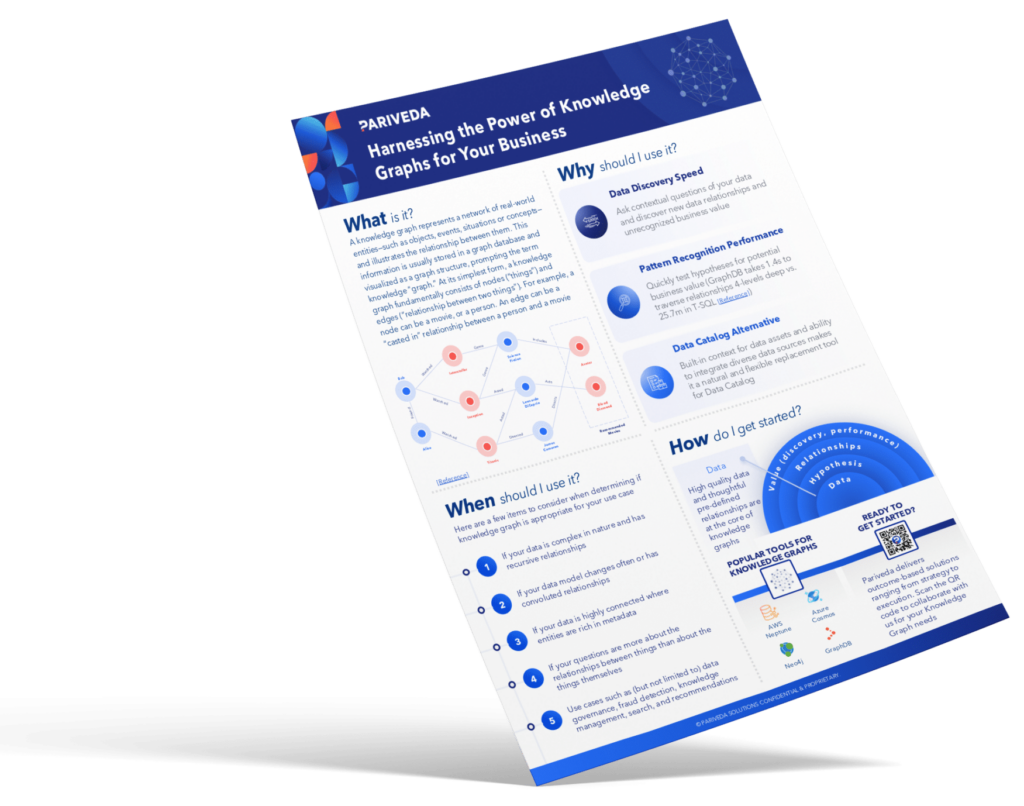
Download Pariveda's guide on harnessing the power of knowledge graphs for your business


